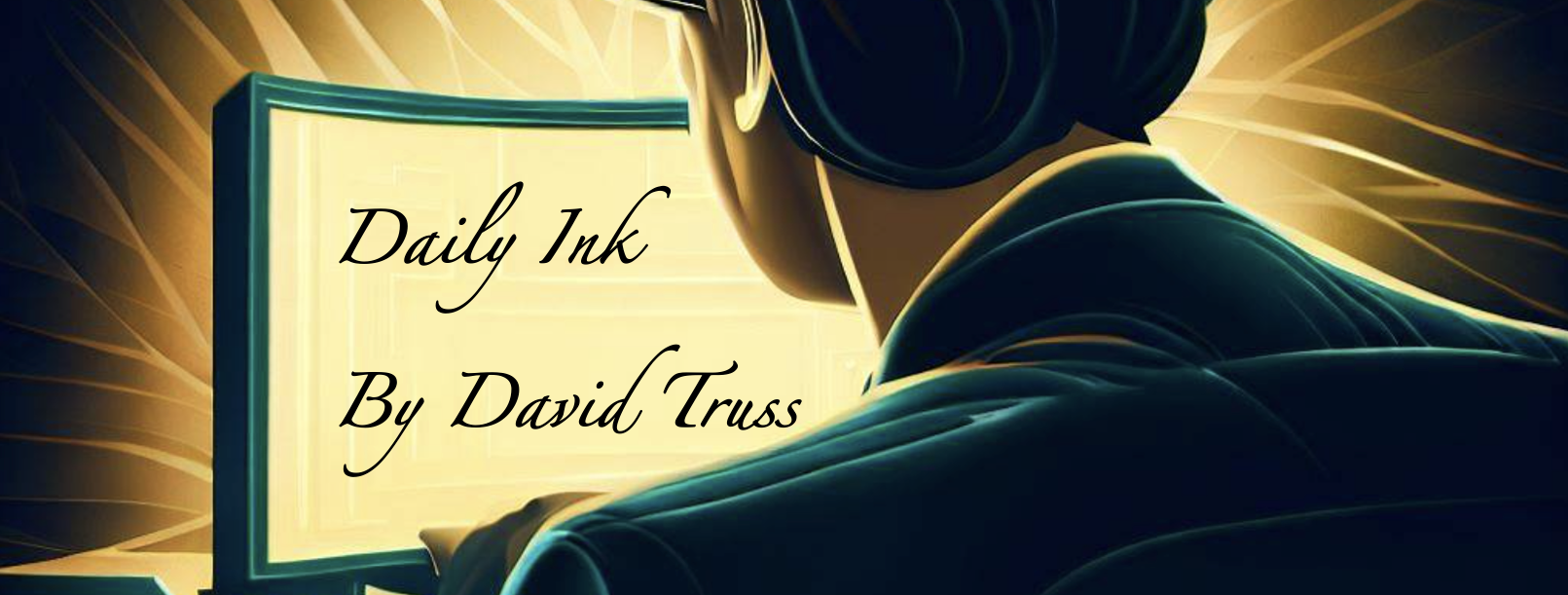Last week I visited my uncle and he reminded me of a dream that I shared with him, 27 years ago, before my move from Toronto to Vancouver.
There is a saying: “To the fish water is invisible.” And that is what my dream was about. I grew up in a pre-Google era, but I had something better… I had my dad. It seemed that no matter what question I may ask, my dad had, and still has, a comprehensive answer. My only hesitation to ask him a question was that I needed to be sure I was interested enough to get his extensive and detailed answer.
The dream was that I was in my bedroom next to my dad’s office and everything was under water. It wasn’t scary, I could breathe. I knew the water was there but I couldn’t see it. I couldn’t see what was right in front of me.
What was right in front of me was all of dad’s books that I had never read. 1,000’s of books. My dad has read and given away more books than any 50 people would normally read in their lifetime. From my earliest memories I can remember our house containing numerous bookshelves with books double stacked, one in front of the other, with whole sections having books stacked horizontally, so that 6 or 8 horizontal books could take the place of 4 or 5 vertical books.
And I read almost none of them.
The dream was a dream of lost opportunity. Of being blind to the ocean of information that sat before me metaphorically unseen, and literally unread.
I didn’t enjoy reading until I was in my 30’s. I slowed down again after that, getting too busy, until recently in my 50’s when I discovered that I could listen to audio books while exercising, and walking, and waiting in lineups, and commuting in my car.
We often don’t see the opportunities right in front of us. We often take things, and people, for granted because they are right there.
About 8 or 9 years after I moved to B.C., my librarian at the school I was teaching at did an exchange with a teacher from Australia. That teacher and her retired husband went away almost every weekend during the exchange. In a single year they had visited more of B.C. than I had in almost a decade. In fact, more than I have in over a quarter century of living here now.
We are fish, blind to the water we swim in. Sometimes it’s worth stopping and paying attention to what is right in front of us.
Like this:
Like Loading...










